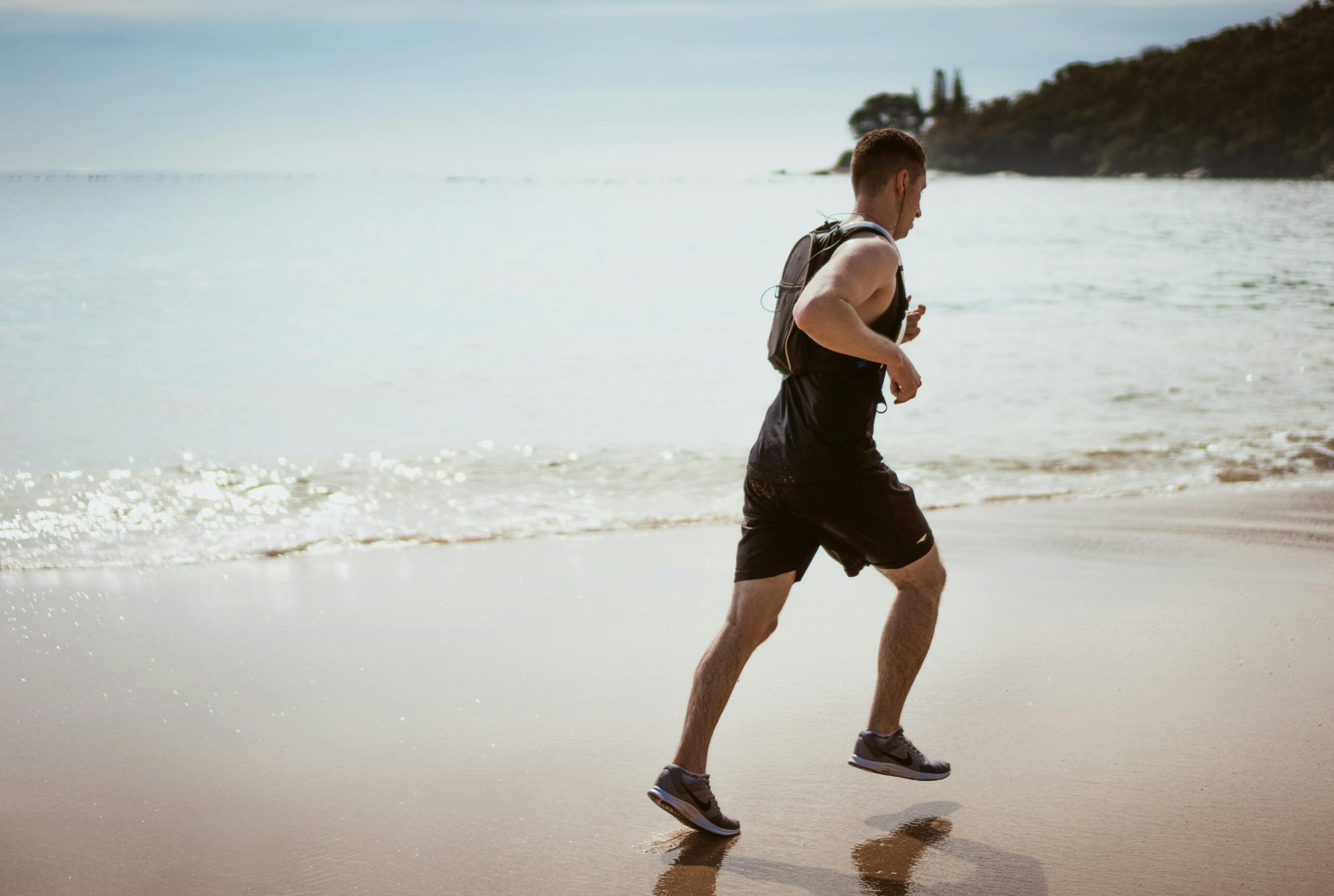Outdoor and Adventure Fitness: Embracing Nature to Transform Your Workout
In a world dominated by gym memberships and indoor workouts, outdoor and adventure fitness offers a revitalizing alternative that merges physical activity with the raw beauty of nature. This growing trend isn’t just about swapping treadmills for trails—it’s a holistic approach to wellness that challenges the body, sharpens the mind, and fosters a deeper connection with the environment. From mountain hiking and rock climbing to kayaking and wilderness yoga, adventure fitness redefines exercise by integrating unpredictability, exploration, and adrenaline. This article explores the benefits of outdoor fitness, practical ways to incorporate it into your routine, and how it cultivates resilience, creativity, and sustainability. Whether you’re a seasoned athlete or a casual exerciser, discover how nature can become your ultimate gym.
The Psychological and Physical Benefits of Outdoor Fitness
Exercising outdoors isn’t just a change of scenery—it’s a scientifically backed method to enhance physical and mental health. Natural terrain, like uneven trails or river currents, engages stabilizing muscles often neglected in controlled environments, improving balance and functional strength. Exposure to sunlight boosts vitamin D levels, while fresh air can enhance respiratory efficiency. Mentally, outdoor activities reduce stress hormones like cortisol and increase endorphin production, fostering a sense of calm. Studies also show that nature-based workouts improve focus and creativity, as the brain shifts from structured routines to adaptive problem-solving in dynamic settings.
Adventure Fitness Activities for Every Skill Level
Adventure fitness isn’t exclusive to extreme athletes. Beginners can start with low-impact activities like forest yoga or brisk walking on nature trails. Intermediate enthusiasts might explore rock climbing, paddleboarding, or cycling through rugged landscapes. For advanced participants, multi-day backpacking trips, whitewater rafting, or mountaineering offer intense challenges. The key is to align activities with personal fitness goals while prioritizing safety. Many outdoor sports also incorporate teamwork, making them ideal for building social connections. Local parks, national forests, and community groups often provide accessible entry points for novices.
Designing a Sustainable Outdoor Fitness Routine
To make outdoor fitness a lasting habit, structure is essential. Start by setting realistic goals, such as hiking a specific trail weekly or mastering a climbing route. Mix cardio, strength, and flexibility workouts—for example, combining trail running (cardio) with boulder-hopping (strength) and riverside stretching sessions. Invest in durable gear, like moisture-wicking clothing and supportive footwear, to stay comfortable in varying conditions. Track progress using apps that map routes or monitor heart rate. Most importantly, respect seasonal changes: winter invites snowshoeing, while summer is ideal for open-water swimming. Adaptability ensures year-round engagement.
Environmental Stewardship and Ethical Practices
Adventure fitness thrives on pristine environments, making sustainability non-negotiable. Follow Leave No Trace principles: pack out trash, avoid disturbing wildlife, and stay on marked trails to prevent erosion. Support eco-conscious brands that use recycled materials for gear. Participate in local conservation efforts, such as trail cleanups or tree-planting initiatives. By minimizing your ecological footprint, you preserve natural spaces for future generations while fostering a deeper respect for the landscapes that fuel your fitness journey.
Conclusion: The Future of Fitness Lies Outdoors
Outdoor and adventure fitness transcends traditional exercise by blending physical challenge with environmental immersion. It builds strength, sharpens mental clarity, and nurtures a sense of responsibility toward nature. Whether through solitary trail runs or group kayaking expeditions, this approach offers inclusivity and adaptability for all fitness levels. As urbanization grows, reconnecting with the outdoors becomes not just a lifestyle choice but a necessity for holistic well-being. By embracing adventure fitness, you invest in long-term health while contributing to the preservation of natural ecosystems. The trail ahead is waiting—step outside and redefine what it means to be fit.
